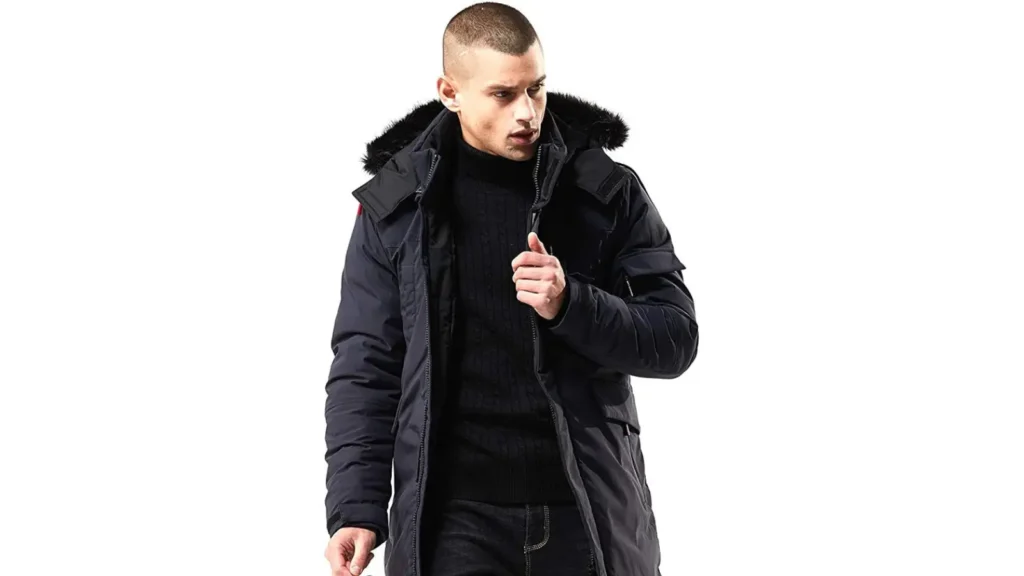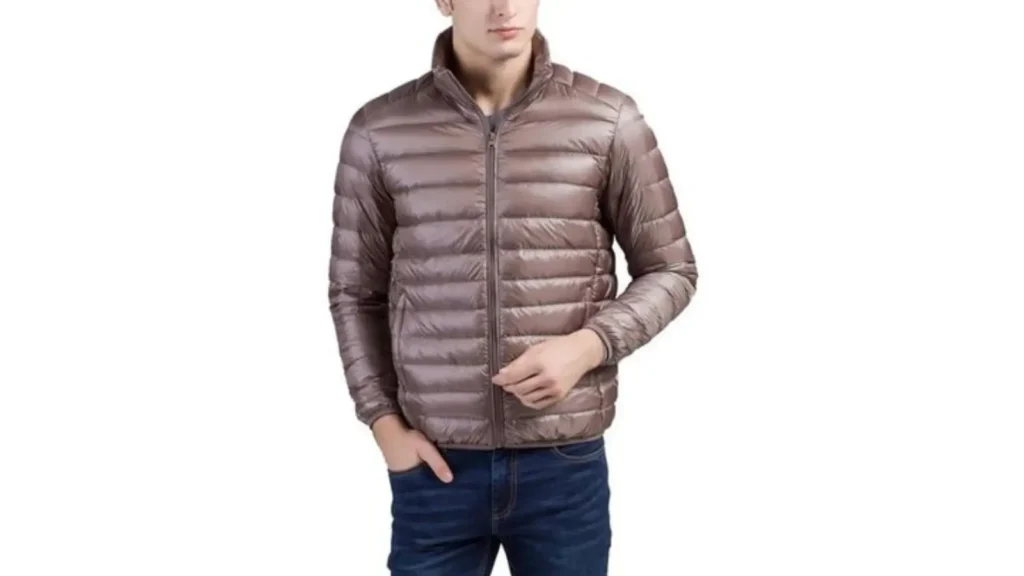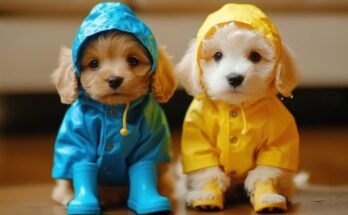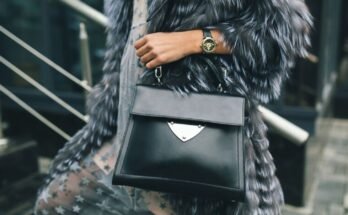Hey there! So, you’ve found yourself in the winter wardrobe dilemma: parkas vs. puffer jackets. It’s like choosing between two winter warriors, each with its own set of strengths. Picture it as a style showdown where functionality meets fashion.
Parkas, the seasoned veterans, boast longer lengths and serious insulation, ready to tackle the harshest of cold. On the other side, we’ve got puffer jackets, the versatile players, offering a quilted charm and a lighter feel. Let’s dive into the cozy realm of outerwear and unravel the distinctive features that make these winter staples stand out.
What is the difference between a parka and a puffer jacket?
| Feature | Parkas | Puffer Jackets |
| Insulation | Various, including down or synthetic materials | Quilted pockets with down or synthetic fill |
| Length | Longer, often extending below the waist, mid-thigh, or knee | Shorter, typically around the waist or slightly longer |
| Style | Casual, relaxed; hoods with fur or faux fur trim; multiple pockets | Versatile; available in various styles, from casual to more tailored |
| Weight | Heavier due to longer length and thicker insulation | Lighter in weight, providing versatility |
| Versatility | Suited for extremely cold climates and harsh conditions | Versatile for everyday wear and various winter activities |
| Fashion Flexibility | Emphasis on functionality, practicality | Flexibility in colors, patterns, and style choices |
| Use Cases | Ideal for extreme cold, outdoor activities like camping, hiking | Suitable for casual outings, everyday wear, less harsh winter conditions |
Parkas vs. Puffer Jackets: Which one is better?
Determining whether parkas or puffer jackets are “better” depends on your specific needs, preferences, and the climate you’ll be facing. Each has its strengths, so let’s break it down:
Parkas:
Pros:
- Excellent for extremely cold climates.
- Longer length provides more coverage and protection against harsh weather.
- Often more robust insulation, suitable for severe winter conditions.
- Casual and practical, with features like hoods and multiple pockets.
Cons:
- Heavier due to the extended length and thicker insulation.
- May be too warm for milder winter days.

What is a parka jacket?
A parka is a type of winter jacket designed for cold and harsh weather conditions. It typically features a longer length, a hood, and insulation, often made from down or synthetic materials. Parkas are known for their functionality and ability to provide substantial warmth.
Are parkas warmer than jackets?
Generally, yes. Parkas are designed with a focus on extreme cold weather, featuring longer lengths and more robust insulation compared to standard jackets. While the term “jacket” is broad and can include various styles, parkas are specifically engineered to offer higher levels of warmth in colder climates.
What are the best parka brands?
Some renowned parka brands known for quality and durability include Canada Goose, The North Face, Patagonia, Columbia, and Arc’teryx. These brands often prioritize advanced materials, insulation technology, and functional designs to ensure optimal performance in winter conditions.
Why are parka jackets so expensive?
The high cost of parka jackets is often attributed to the use of premium materials, such as high-quality down insulation, durable outer fabrics, and advanced technologies for water resistance and breathability. Additionally, reputable brands invest in ethical and sustainable practices, which can contribute to the overall cost. The craftsmanship, design, and the jacket’s ability to withstand extreme conditions also factor into the pricing.
Are there different types of parkas?
Yes, there are various types of parkas designed for different purposes. Traditional parkas are insulated and suitable for extreme cold, while others may focus on specific activities like skiing or hiking, offering features tailored to those needs.
Are parkas waterproof?
Many parkas are water-resistant or waterproof due to advanced outer fabrics and coatings. However, the degree of waterproofing can vary among different parka models. It’s essential to check the specifications or labels to ensure the desired level of water protection.
What are parkas made of?
Parkas are typically made from durable outer materials such as nylon or polyester, and they are insulated with either natural down or synthetic materials like polyester fibers. The choice between down and synthetic insulation often depends on factors like warmth, weight, and ethical considerations.
What makes parkas so popular?
Parkas’ popularity stems from their exceptional warmth, versatility, and durability. They provide effective protection against harsh winter conditions, making them ideal for outdoor activities and everyday wear. Additionally, the stylish designs and functional features, such as hoods and multiple pockets, contribute to their widespread appeal in diverse climates and lifestyles.
Puffer Jackets:
Pros:
- Versatile and suitable for various occasions, from casual outings to everyday wear.
- The lighter weight makes them more comfortable for a range of activities.
- Stylish and available in a variety of colours and patterns.
- Adaptable to less extreme winter conditions.
Cons:
- A shorter length may not provide as much coverage in harsh weather.
- Insulation may not be as powerful as some parkas in extremely cold environments.

What is the best puffer jacket?
Determining the “best” puffer jacket depends on individual preferences, but brands like Patagonia, Canada Goose, and Moncler are often praised for their quality and insulation technology. Styles from Uniqlo and Columbia also offer affordability without compromising on warmth.
Why are puffers so expensive?
Puffer jackets can be pricey due to high-quality insulation materials like down or synthetic fills, advanced technology for water resistance, and durable outer fabrics. Additionally, some brands emphasize ethical sourcing and sustainable practices, contributing to the overall cost.
Why is North Face so expensive?
The North Face’s reputation for quality, durability, and technical innovation contributes to its higher price point. The brand invests in premium materials, cutting-edge technologies, and thorough testing, ensuring its products can withstand challenging conditions, which can justify the higher cost.
Do people still wear puffer jackets?
Absolutely! Puffer jackets remain popular for their warmth, versatility, and stylish designs. They’re a staple in cold-weather wardrobes, embraced by outdoor enthusiasts and fashion-forward individuals alike, making them a timeless and functional choice for winter wear.
What are the different types of puffers?
Puffer jackets come in various styles, including cropped, long, hooded, and collarless options. There are also sporty designs for outdoor activities and more tailored or fashion-forward choices for urban settings, providing versatility for different preferences and occasions.
Are puffer jackets waterproof?
Not all puffer jackets are inherently waterproof, but many are water-resistant. Some brands incorporate water-resistant outer fabrics and coatings to protect against light rain or snow. For full waterproofing, it’s essential to check specific models or opt for jackets with additional waterproofing features.
What are puffer jackets made of?
Puffer jackets are typically filled with insulation, either natural down or synthetic materials like polyester fibres. The outer shell is commonly made from nylon or polyester, providing durability and weather resistance. The choice between down and synthetic fill often depends on factors like warmth, weight, and ethical considerations.
Why are puffer jackets so popular?
Puffer jackets have gained popularity due to their excellent warmth-to-weight ratio, making them both cozy and lightweight. Their versatility allows for use in various settings, from casual outings to outdoor adventures. Additionally, the stylish designs and the array of colors and patterns contribute to their widespread appeal, creating a fashionable yet practical winter wardrobe staple.




